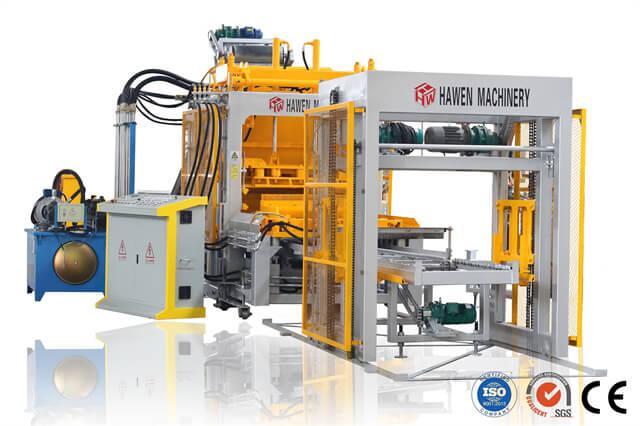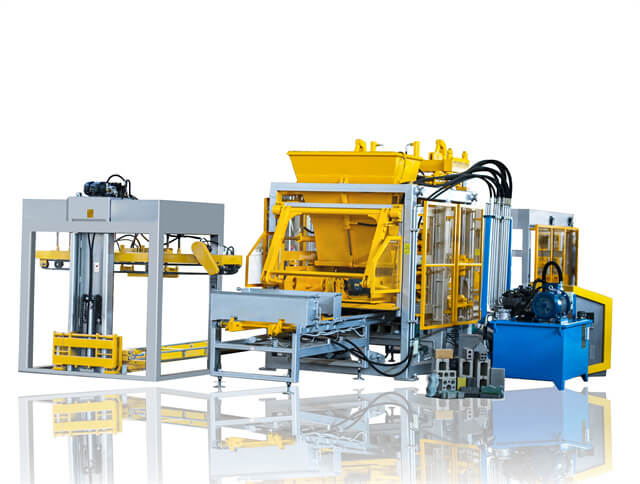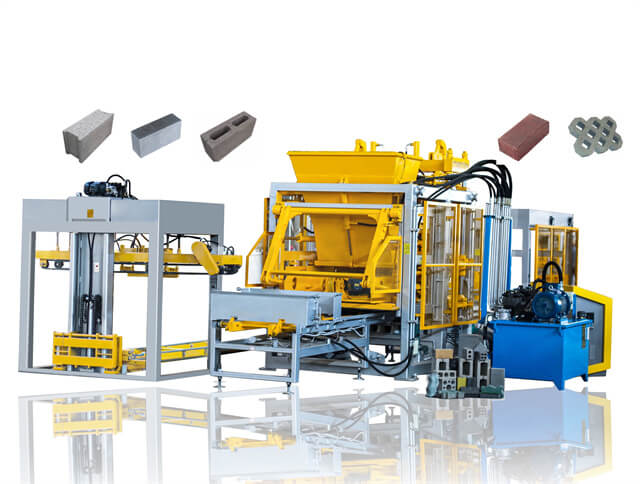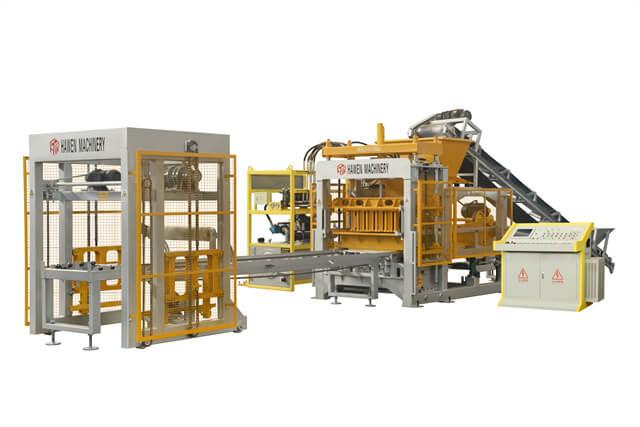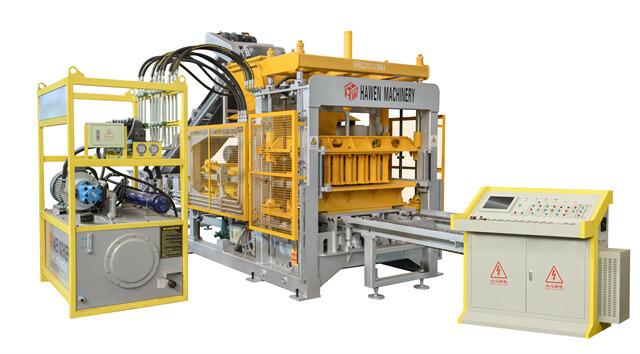Author:HAWEN Block MachineFROM:Brick Production Machine Manufacturer TIME:2024-09-19
Running a brick making plant involves various complex processes and requires a well-coordinated team of workers to ensure efficient production. The number of workers needed can vary significantly depending on several factors including the size of the plant, the technology used, and the production capacity. In this article, we will explore the key factors that determine the workforce required for operating a brick making plant, including plant size, production methods, and operational needs.
.jpg)
The size of the brick making plant and its production capacity are primary determinants of the number of workers needed. Smaller plants that produce a limited number of bricks per day may only require a handful of employees to manage the various tasks involved, such as mixing raw materials, molding bricks, and overseeing the firing process. On the other hand, larger plants with higher production capacities will require a significantly larger workforce to handle the increased volume of work. This includes additional personnel for quality control, maintenance, and logistics.
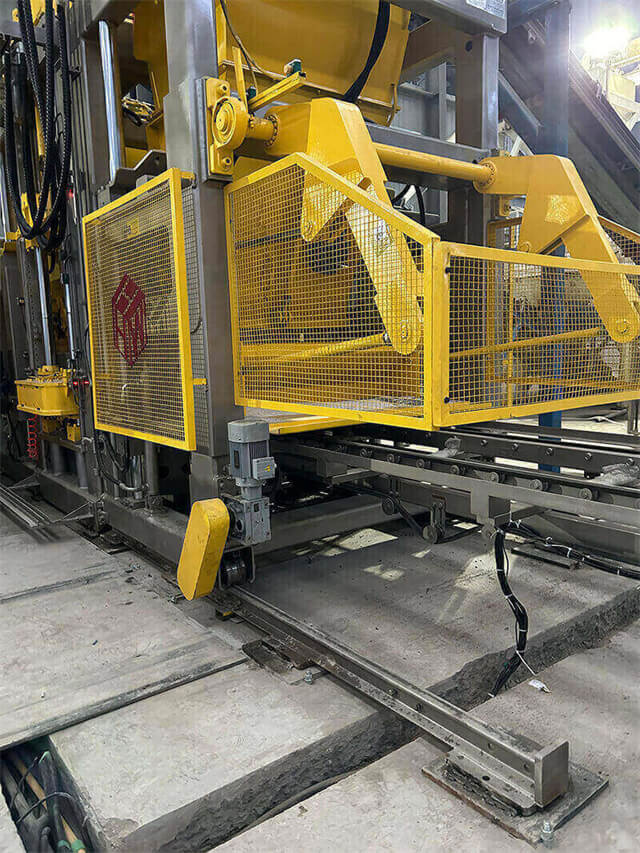
The method used for brick production greatly impacts workforce requirements. Traditional brick making methods, such as hand molding and kiln firing, demand a considerable amount of manual labor. Workers are needed for tasks like mixing and preparing clay, molding bricks, loading and unloading kilns, and ensuring proper firing conditions. In contrast, modern brick making plants that utilize automated machinery and advanced technology can significantly reduce the number of workers needed. Automated systems for mixing, molding, and firing bricks streamline operations and minimize manual intervention.
Technological advancements have revolutionized brick making, leading to increased efficiency and reduced labor requirements. Automated brick making machines can handle multiple stages of production with minimal human oversight. These machines are capable of mixing, molding, drying, and firing bricks with precision, thus reducing the need for manual labor. However, even with advanced technology, skilled workers are still essential for operating and maintaining the equipment, as well as for quality control and troubleshooting.
Operational and maintenance needs also influence the number of workers required. Brick making plants need a team to manage daily operations, including supervisors, quality control personnel, and maintenance staff. Regular maintenance of machinery and equipment is crucial to ensure smooth production and prevent downtime. This requires technicians and maintenance workers who can handle repairs and routine upkeep. Additionally, logistics staff are needed to manage the movement of raw materials and finished products, further affecting workforce numbers.
Health and safety regulations play a significant role in determining the workforce size. Brick making plants are required to adhere to strict safety standards to protect workers from hazards associated with handling raw materials, operating machinery, and working in high-temperature environments. Compliance with these regulations may necessitate additional workers, such as safety officers and trainers, to ensure that all safety protocols are followed and that employees are well-trained in handling potential risks.
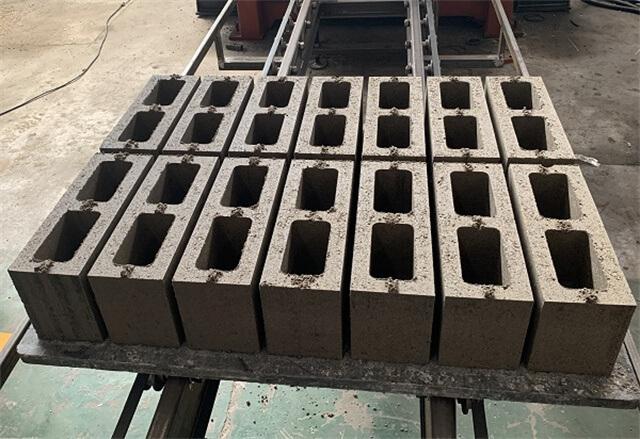
In conclusion, the number of workers needed to run a brick making plant depends on various factors, including plant size, production capacity, technology used, and operational requirements. Smaller plants with traditional methods may require more manual labor, while larger, modern plants with advanced technology can operate with a streamlined workforce. Regardless of the scale or method, efficient operation, maintenance, and adherence to health and safety standards are critical. Understanding these factors helps in planning and managing the workforce effectively, ensuring smooth and productive plant operations.
